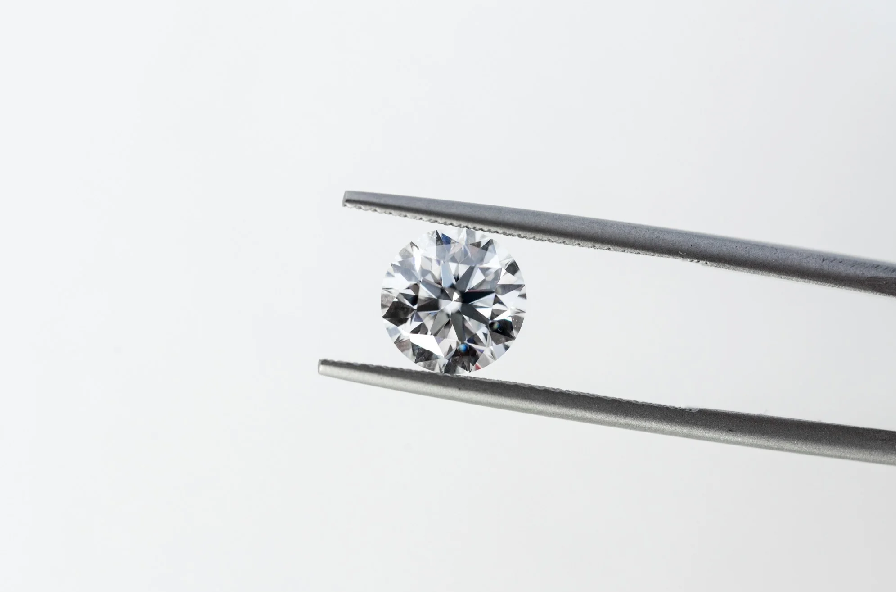British researchers have developed an innovative way to track the spread of breast cancer: they will use small diamonds.
The first stop for cancer is usually the nearby lymph nodes. To detect them, doctors have so far used radioactive substances or fluorescent dyes. But these methods have limitations: some patients are allergic to them, and hospitals must provide special conditions for radioactive substances.
The new technology offers an alternative: before or during surgery, a magnetic fluid is injected into the tumor, which is transported to the lymph nodes. Doctors can then trace the path of this fluid with the help of a special sensor with a microdiamond at the tip.
The secret of diamonds lies in their "nitrogen centers," which sense small changes in the magnetic field, giving the diamonds a pink hue. This allows you to record the slightest movements and more accurately find which lymph nodes are infected.
Professor Gavin Morley's team from the University of Warwick managed to reduce the size of the sensor to just 10 millimeters, which makes it the first diamond device that is suitable for surgical use.
The results were published in the journal Physical Review Applied. British surgeon Dr. Stuart Robertson stressed that magnetic sensors are already widely used, and this new version could "further improve the technology" and facilitate the path to treatment for patients.




















